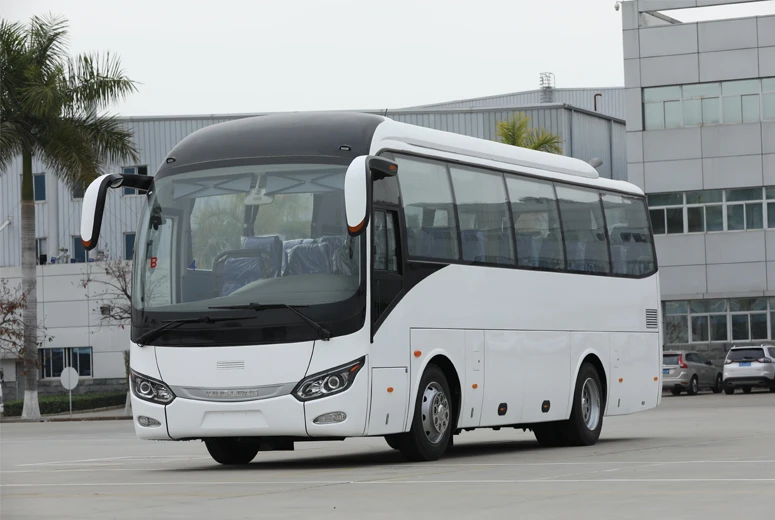chassis frame sections
Understanding Chassis Frame Sections The Backbone of Vehicle Design
The chassis frame is a critical component in automotive design, serving as the backbone of a vehicle. It provides structural integrity, supports various vehicle components, and plays a significant role in safety and performance. To truly appreciate the engineering marvel of a vehicle’s chassis, it is essential to delve into the various frame sections that constitute its framework.
Key Types of Chassis Frame Sections
Chassis frames can be broadly categorized into two primary types ladder frames and unibody frames. Each has its own structural sections, advantages, and applications.
1. Ladder Frame Traditionally used in trucks and larger vehicles, the ladder frame consists of two longitudinal beams (the rails) connected by cross members, resembling a ladder. This design offers robustness and ease of repair. The frame allows for higher load-carrying capacity, making it ideal for commercial vehicles. The sectional design permits modifications, such as adding or removing cross members to tailor the frame to specific requirements.
2. Unibody Frame In contrast to the ladder frame, unibody construction integrates the body and chassis into a single unit. This design is commonly found in passenger cars and smaller vehicles. The unibody frame sections include reinforced panels that provide strength and rigidity while maintaining a lighter overall weight. This weight reduction translates to better fuel efficiency and improved handling characteristics.
The Importance of Frame Section Materials
The materials used in chassis frame sections significantly impact the performance and safety of a vehicle. Traditionally, steel has been the standard choice due to its strength and durability. However, advancements in material science have introduced alternatives such as high-strength steel, aluminum, and composite materials.
High-strength steel offers superior strength-to-weight ratios, enabling manufacturers to create lighter frames without compromising safety. Aluminum, known for being lightweight and corrosion-resistant, is increasingly being used in high-performance vehicles. Composite materials, which combine various substances to achieve desired properties, are becoming popular in specialized applications, particularly in racing and luxury vehicles.
chassis frame sections

Frame Section Design Considerations
When designing chassis frame sections, engineers must consider several factors, including load distribution, torsional rigidity, and crashworthiness. Load distribution is critical to ensure that the vehicle can handle various weights and stressors encountered during operation. Torsional rigidity pertains to the frame's ability to resist twisting forces, which contributes to overall vehicle stability and handling.
Crashworthiness is perhaps the most crucial aspect of chassis design. Frame sections are engineered to absorb energy during a collision, safeguarding the occupants and minimizing injury. The strategic placement of crumple zones and reinforcement in critical areas helps to achieve this goal.
Innovations and Future Trends
The automotive industry continuously evolves, with innovations shaping the future of chassis design. Advancements in manufacturing techniques, such as 3D printing, allow for more complex structures that weren't previously feasible. Additionally, as electric vehicles become more prevalent, the chassis design is adapting to accommodate battery placement and maximize space efficiency.
Sustainability is another driving force in chassis frame development. Manufacturers are exploring recyclable materials and eco-friendly production processes to reduce the environmental impact of vehicle manufacturing.
Conclusion
Chassis frame sections are the underpinnings of vehicular design, playing a vital role in the performance, safety, and efficiency of vehicles. As technology advances, so too will the complexity and sophistication of these structures, paving the way for a new generation of vehicles that not only meet but exceed the demands of modern mobility. Understanding the nuances of chassis frame sections is not only essential for engineers and manufacturers but also for consumers who seek vehicles that embody strength, safety, and innovation.
-
SINOTRUK HOWO 84 Electric Dump Truck for Eco-Friendly Heavy HaulingNewsJul.26,2025
-
The Fast 16-Gear Manual Transmission Assembly for Heavy TrucksNewsJul.25,2025
-
Mercedes Benz Actros 1848 42 Tractor Truck for Sale - Reliable PerformanceNewsJul.24,2025
-
High-Quality Water Pump Assembly for Sinotruk Trucks – Durable & ReliableNewsJul.23,2025
-
Premium Truck Engine Antifreeze Coolant Fluid for Heavy Duty VehiclesNewsJul.22,2025
-
FOTON View G7 Mini Bus: Affordable & Spacious TransportNewsJul.22,2025
Popular products

























